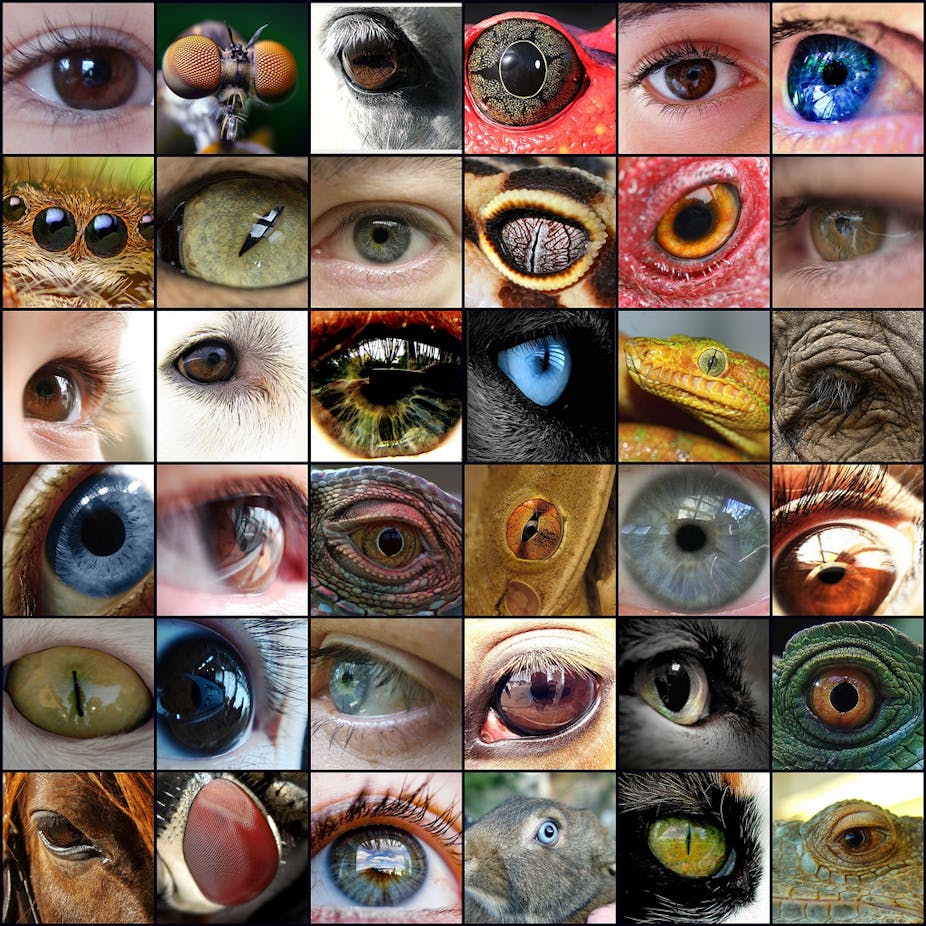Commercial ports, railway stations and other crucial infrastructure are at constant risk from security incidents that can halt operations and, more worryingly, put you and I in harm’s way.
This is a reality around the world, and Australia is no different.
Intelligence officers and others have their work cut out, and advanced video surveillance systems – which use complex algorithms to analyse security footage – are a vital tool.
Such systems serve several purposes: they deter and mitigate potential threats to national security, but they also play a key role in terms of investigating leads and assisting with the prosecution of suspects.
One technology that can be employed in this context is Automated Number Plate Recognition (ANPR) technology, as discussed previously in this series.
If (or when) a network of ANPR cameras is rolled out nationally, law enforcement officers will be able to locate a suspect’s vehicle much faster. Or get a lead on a case based on the vehicle’s registration information.
Another emerging technology applicable to national security is video biometrics. For example, security agents using face-in-the-crowd technology could potentially match a passer-by’s face against various databases, such as a terrorist watch-list. While no biometric is 100% accurate (i.e. correct detections with no false alarms), it can still be used as a complementary tool to provide further leads for investigation.
Through such technology, even poor quality images – obtained from CCTV footage, covert surveillance operations or taken by you or I on mobile phones – could help identify and track suspects.
At present this technology does not exist, but emerging innovations are getting very close.
Preventing disasters
For counter-terrorism agents, the notion of being able to check a person’s identity rapidly against databases using faces rather than other, harder-to-obtain biometrics – such as fingerprints or DNA samples – is extremely attractive.
Currently, the analytics deployed for most CCTV installations are very basic (nearly all without face matching) and incidents captured are typically used for post-event analysis only.
If such a system was deployed across train station CCTV networks operating in real-time, we may even be able to piece together the movements of known criminals or suspects to prevent disasters such as the London Tube bombing in 2005.
A simpler application in the same domain would allow us to track undocumented passengers within airports. There is a rise in the number of asylum seekers flying into certain countries by plane and destroying their travel documents en route.
Such a passenger might arrive at customs without identification, claim false nationality in fear of deportation and be uncooperative or unable to communicate.
By employing advanced surveillance technology, we could use CCTV footage to track the passenger back to the arrivals gate, determining which plane they got off and, therefore, where they came from.
In the UK for example, if an asylum seeker comes from, or passes through, a “safe third country” en route, they can be returned there for processing.
With the knowledge of where they’ve come from, immigration officials can then put this person on the same flight and send them straight back (when appropriate).
Less sophisticated video analytics, such as left-object detection or perimeter protection (i.e. detecting unauthorised entries to a specific area) are already used for protection of critical infrastructure around the world.
As these technologies improve and become more accurate, they will make life harder and harder for those who want to harm us.
This is the fourth in our five-part series on advanced surveillance. To read the other four instalments, follow the links below:
- Part One: “You, yes you: welcome to the world of advanced surveillance”
- Part Two: “Big Brother is watching, but it’s nothing to fret about … honest”
- Part Three: “Face-in-the-crowd biometrics: here’s looking secretly at you”
- Part Five: “The all-seeing eye: the future of surveillance and social media”

